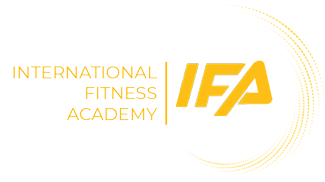Eccentric exercise is not, as it may sound, an unconventional type of workout. It actually describes the lengthening portion of a strength training movement. Whereas the shortening phase is concentric exercise. (Think: the lifting or lowering of your arm in a biceps curl.)
While both phases, or types, of exercise are valuable, most people tend to pay less attention to eccentric movement (be honest: You’ve let your arm drop at the end of a biceps curl rep)—which can lead to injury.
So, what is eccentric muscle contraction?
Eccentric muscle contractions describe the lengthening or lowering phase of exercise. This process is also referred to as negative work since the muscle is absorbing energy from an external load, one study explains.
Eccentrics, in a nutshell, is the art of lowering a weight as slowly as you can.
Nearly all lowering motions in a strength exercise, like the downward motion of a squat, the downward motion of a pushup, the downward motion of a biceps curl, are examples of eccentric muscle contractions.
What are the benefits of eccentric exercise?
There are plenty of benefits of eccentric exercise, including:
Building strength: Since our muscles need to be able to stretch and shorten with control over various loads, it’s important not to overlook building that aspect of strength. Working the negative phase of an exercise helps the muscle become stronger, which may make it increase in size faster.
Injury prevention: Because it feels like the release or the resting phase, some people overlook eccentric contraction. However, this is where most injuries occur. So it’s a wise move to be more mindful and slow down during this part of your routine.
Better balance. Studies have shown that elderly people who engage in eccentric exercises are better able to complete functional tasks and less likely to fall. Another study on 21 elderly men, aged 80 on average, found that those who participated in eccentric exercise saw a 60% improvement in strength, 7% improvement in balance, and 21% improvement in stair descent abilities.
Eccentric vs. concentric exercise.
In an exercise that involves a range of motion—not a static hold like a plank—the muscles undergo a shortening and lengthening phase. The shortening phase is called the concentric phase; the lengthening or lowering phase is called the eccentric phase.
Concentric movements are more effective at increasing maximum power output (aka the ability to exert more energy in a short amount of time), whereas eccentric movements are thought to cause more micro-tears in muscles, which is necessary for building muscle.


 BLOG SERIES
BLOG SERIES